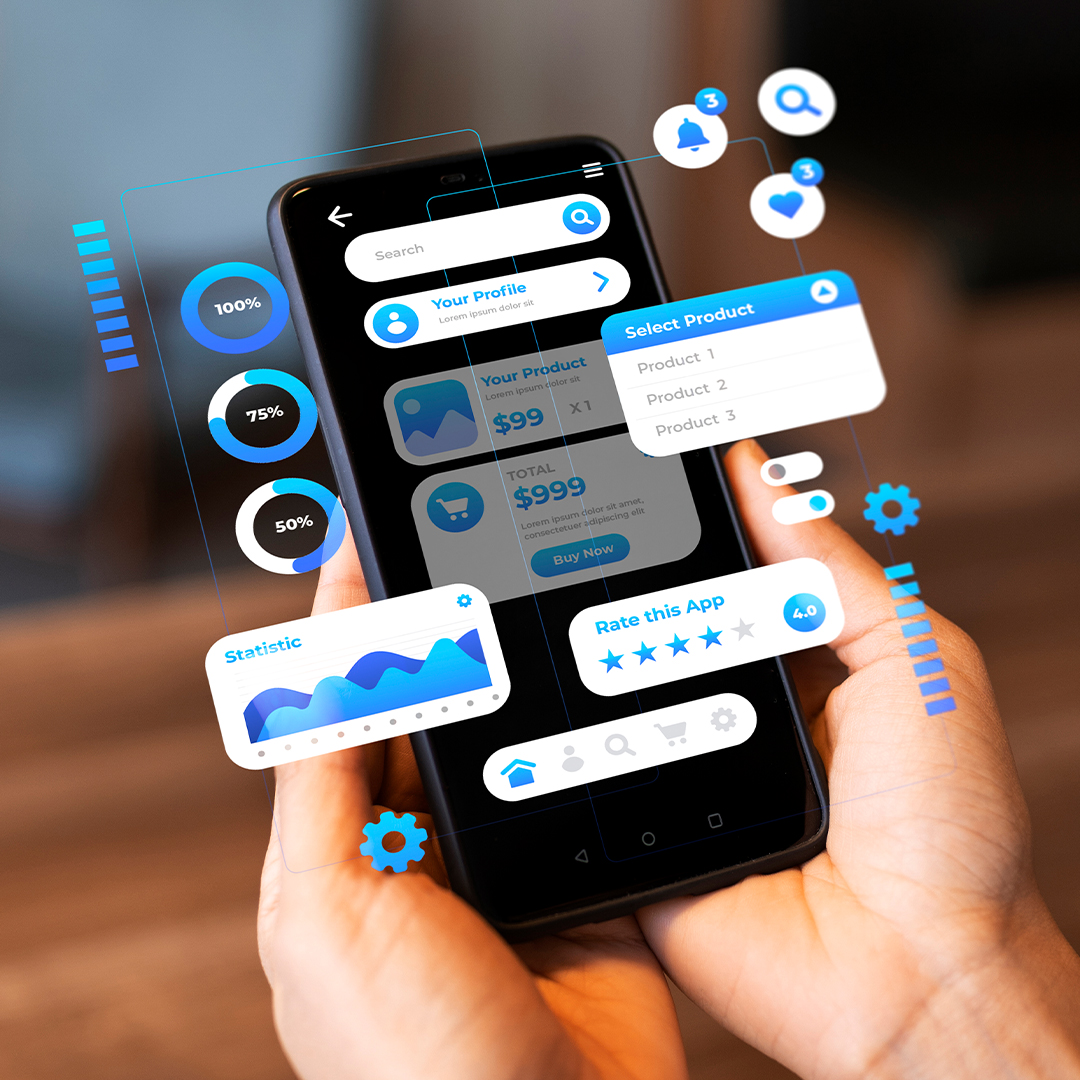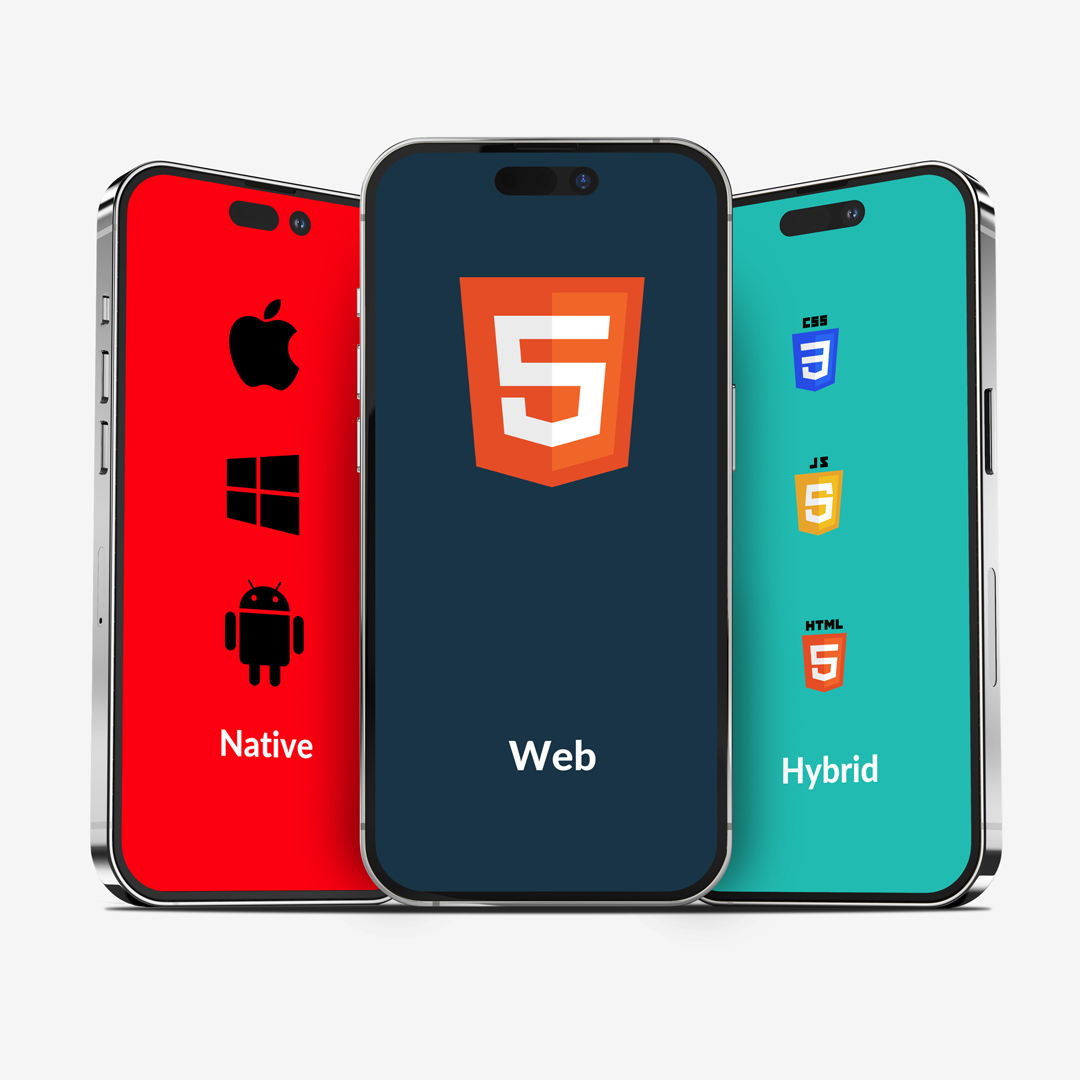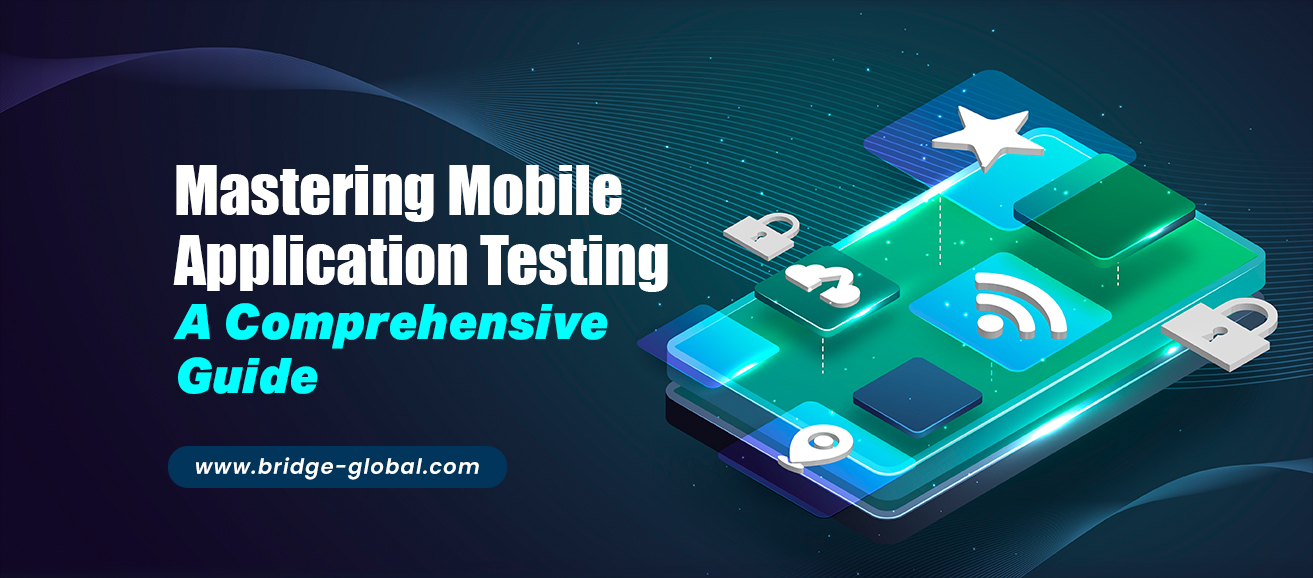From Bugs to Brilliance: Navigating the Mobile Application Testing Landscape
The process of checking and verifying the quality and performance of a mobile application is known as mobile application testing. Mobile application testing also helps to make sure that, before it is released into the market (the App Store for iOS devices and Google Play for Android devices), the mobile app satisfies all end-user and technical standards. Every mobile application is put through testing to ensure that it is stable, functional, and easy to use.
Today, mobile devices are not just for the sake of communication; they serve a variety of everyday tasks. The creation of several mobile applications has led to a sharp rise in this dependency on mobile devices. These applications can assist in fulfilling business requirements and carry out a variety of tasks in our daily lives. These days, businesses are using mobile applications as an important tool for audience engagement and business expansion. Mobile application testing has become an essential step in the app development process due to the quick growth of mobile web, hybrid, and native apps.
In this extensive guide, we will explore the intricacies of mobile application testing, covering its significance, the various types of mobile applications, and providing detailed insights into the mobile app testing processes.
Understanding Mobile Application Testing
Mobile application testing, as the name implies, is the process of ensuring that an Android or iOS mobile app is functional and user-friendly before it is made available to the general public. Apps for mobile devices may be tested to make sure they adhere to the anticipated business and technical requirements. Teams must test apps across a variety of screen resolutions, operating system versions, and network bandwidths to ensure effective mobile app testing. This ensures that when the software is made available to the general public, it will function flawlessly on a variety of device combinations. Generally speaking, evaluating mobile apps involves the following:

- Evaluating the performance of apps on various operating systems (such as Android 7.0, 8.0, etc.)
- Examining the app's appearance in both landscape and portrait modes
- Verifying the performance and compatibility of applications under particular operating conditions
- Evaluating the application's compatibility with mobile sensors such as the gyroscope, accelerometer, GPS, etc.
- Verifying the functionality of the application's graphical user interface (Menus, dropdown menus, navigation buttons, etc.)
Why Is Mobile Application Testing Crucial?
Increasing business outreach to more consumers worldwide is the ultimate purpose of developing mobile apps. If the app fails or is challenging to use, people are unlikely to use it. No company wants its customers to remove its applications and choose a rival. Users run the risk of running into serious flaws on their mobile devices if apps are not properly tested, which might make the user experience frustrating, especially for first-time users.
Remember that every mobile app's ability to succeed depends greatly on initial impressions. It is possible to remove an app right away in the event of an unexpected crash or functional issue. Revenue and potential customers are additionally lost as a result of this. Here are some key facts that demonstrate the importance of mobile app testing:
- Customers who are dissatisfied with an app may delete or uninstall it.
- Customers frequently remove apps that take up too much space on their devices.
- Users also frequently stop using sluggish apps.
Types of Mobile Apps
Understanding the different types of mobile apps is crucial for performing mobile application testing. Let us talk about it here:

- Native Apps: Native applications are created specifically for a given platform or operating system (OS). They are more reliable as well as quicker in terms of performance since they are OS-specific, but they are also more expensive to maintain.
- Web Apps: Web apps are the responsive versions of websites, compatible with any mobile device or operating system, as they are accessed through a mobile browser.
It is completely dependent on the device's browser, yet its development expenses are minimal.
- Hybrid Apps: Native and web-based applications are combined to create hybrid apps. To show the HTML and JavaScript files in a full-screen manner, they make use of a web view control. These apps are easy and inexpensive to design, however, they are not as powerful or quick as native apps.
Businesses should make sure that their mobile applications are end-to-end tested by utilizing mobile app testing, given the growing demand for these apps across numerous industries.
Mobile Application Testing Types
Testers must use a range of mobile testing techniques and skills while testing mobile applications to identify as many flaws as they can. For the software quality assurance team to start with, below are some essential mobile application testing types and techniques.
Functional Testing: Functional Testing: It determines whether or not an application's features are operating appropriately. This testing concentrates on the application's compliance with the requirements.
Compatibility Testing: This kind of cross-platform testing, which is non-functional, ensures that the application functions properly across a range of devices, operating systems, network environments, and internal hardware specifications.
Usability testing: This method evaluates an application's ease of use and intuitiveness. It assists in finding bugs to enhance the user experience.
Performance testing: This testing examines an application's behaviour or performance under specific loads.
Security Testing: Security testing puts the protection of user privacy first and examines how apps behave when given different permission requests from the device.
Installation Testing: The purpose of installation testing is to verify if an application is installed and uninstalled correctly. It also guarantees the seamless operation of app updates.
Exploratory Testing: Exploratory testing is used to evaluate the app's usability and various functionality to identify any major bugs and make sure the app functions as intended.
Automated Testing: Regression testing and situations requiring repetitive work are situations when automated testing is employed. It facilitates quick releases and assurance of app quality.
Storage Testing: Storage testing examines how an application handles its storage-related features. Several functions need the program to save, retrieve, or remove data from the hard drive. It also evaluates how the application performs on devices with little or no storage.
Interrupt Testing: To provide a seamless mobile experience, interrupt testing analyzes the disruptions brought about by interruptions and finds solutions. The interruptions might come in many different ways, such as an alarm, a low or full battery, push alerts, an incoming call or SMS, etc.
Input Testing: When testing a mobile application, a tester should do a variety of input tasks on the device, like
- Multi-finger inputs to test every finger motion the application supports
- Voice inputs to see if the application can properly handle inputs even in noisy environments
- Sensor inputs comprise a range of sensors including proximity sensor, acceleration sensor, ambient light sensor, pressure sensor, magnetic sensor, temperature sensor, humidity sensor, etc.
In addition to the testing strategies mentioned above, the following testing procedures also need to be carried out to ensure that the mobile app functions properly:
- Battery Usage Testing
- Installations & Update Testing
- Hardware Specific Testing
- Standby Testing
- Beta Testing
- Local Storage Testing
A Step-by-Step Guide to Mobile Application Testing
The seamless functioning of mobile apps depends on end-to-end testing. The following are the testing steps that help in creating efficient mobile apps:
Identify the testing needs
Determining the need for testing is the first step. App testers must determine what needs to be tested, as well as the scope and coverage of the test.
Decide the type of testing to be performed
After determining the need for testing, testers must decide what kinds of tests to run on the mobile apps. New mobile applications are put through various tests, such as usability testing, security testing, accessibility testing, functional testing, regression testing, performance testing, load testing, interruption testing, localization testing, and speed testing.
Create test cases and test scripts
Making automated test scripts and test cases is the next phase. Testers need to make sure that all of the most significant characteristics and components of an application are covered by the test cases.
Plan to automate/manually execute
Testers must choose whether to run the test manually or automatically based on the requirements of the test. To accelerate releases and guarantee a quicker time to market, testers must use automated mobile testing solutions as per the testing requirements.
Track and manage the defects
Testers must find and address app bugs as soon as they are discovered after executing all of the test cases. Testers must also provide a report on the test execution process that includes information on all passed and failed test cases, found and fixed bugs, and other remarks. To enable them to make wise judgments, the report has to be distributed to all individuals involved. Test documentation enables better planning, execution, and evaluation of the testing process.
But in today's fast-paced world, an app needs to function flawlessly on every hand-held device on the market to succeed in the marketplace.

However, it might be challenging for testers to test mobile apps across all possible devices. Therefore, testers need to employ a combination of real devices and virtual devices (Simulators and Emulators) for mobile app testing.
Tips For Effective Mobile Application Testing
The following are some best practices for mobile application testing that one needs to keep in mind:
- To boost productivity and efficiency, use test automation.
- Test often and early by including testing in the app development process.
- Divide your app testing into small phases.
- Make data-driven decisions when conducting tests.
- Invest time and energy in load and performance testing.
- Assign testing responsibilities to all team members, including developers.
- Experts and experienced people should be part of your QA team.
- Review platform UI/UX guidelines before mobile app testing.
- Balance automated testing with manual testing for comprehensive coverage.
- Test your app across a range of devices.
- Test the main functions of the app in real-world scenarios.
- Never omit security testing.
- Don't rely on emulators alone.
- Avoid packing the application with superfluous features.
- Fix every single bug and crash.
- Make sure that updates, including OS versions, are operating properly.
- Make sure that feedback functions correctly.
- Verify the app's reaction to outside interruptions.
Wrapping Up
The global market of mobile apps is expanding quickly and changing along with technology. To provide a fantastic user experience, modern businesses require mobile apps of the highest quality. It is important to evaluate these mobile apps for usability, security, performance, accessibility, and other factors. Regular reviews and updates ensure that the test planning remains relevant and effective throughout the testing lifecycle. To produce high-quality mobile apps, companies should make use of end-to-end mobile app testing from a next-generation QA or an independent software testing services provider. Have any queries? Please get in touch with us!



